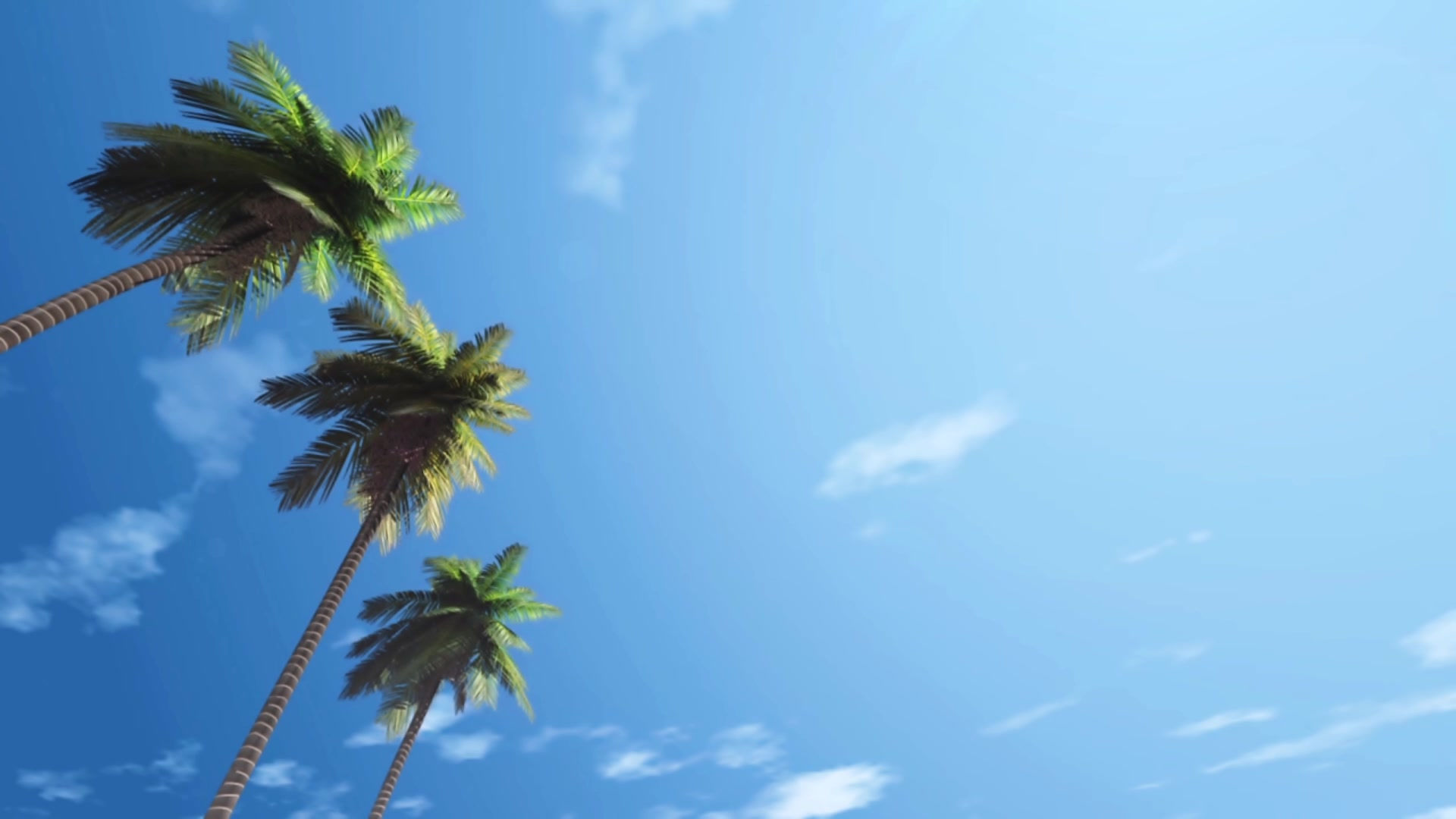
LP
Why did I choose this topic?
The Canary Islands also known as the Canaries are a Spanish archipelago located just off the southern coast of Morocco, 100 kilometres (62 miles) west of its southern border. The archipelago is composed by seven main islands.
El Hierro
El Hierro, the westernmost island, covers 268.71 km2, making it the smallest of the major islands, and the least populous with 10,753 inhabitants. The whole island was declared Reserve of the Biosphere in 2000. Its capital is Valverde. Also known as Ferro, it was once believed to be the westernmost land in the world.
Fuerteventura
Fuerteventura, with a surface of 1,660 km2, is the second-most extensive island of the archipelago. It has been declared a Biosphere reserve by Unesco. It has a population of 100,929. Being also the most ancient of the islands, it is the one that is more eroded: its highest point is the Peak of the Bramble, at a height of 807 metres. Its capital is Puerto del Rosario.
Gran Canaria
Gran Canaria has 845,676 inhabitants. The capital, Las Palmas de Gran Canaria (377,203 inhabitants), is the most populous city and shares the status of capital of the Canaries with Santa Cruz de Tenerife. Gran Canaria's surface area is 1,560 km2. In center of the island lie the Roque Nublo 1,813 metres and Pico de las Nieves ("Peak of Snow") 1,949 metres. In the south of island are the Maspalomas Dunes (Gran Canaria), these are the biggest tourist attractions.
La Gomera
La Gomera has an area of 369.76 km2 and is the second least populous island with 22,622 inhabitants. Geologically it is one of the oldest of the archipelago. The insular capital is San Sebastian de La Gomera. Garajonay's National Park is here.
Lanzarote
Lanzarote is the easternmost island and one of the most ancient of the archipelago, and it has shown evidence of recent volcanic activity. It has a surface of 845.94 km2, and a population of 139,506 inhabitants.
La Palma
La Palma, with 86,528 inhabitants covering an area of 708.32 km2 , is in its entirety a biosphere reserve. It shows no recent signs of volcanic activity, even though the volcano Teneguía entered into eruption last in 1971. In addition, it is the second-highest island of the Canaries, with the Roque de los Muchachos 2,423 metres as highest point. Santa Cruz de La Palma (known to those on the island as simply "Santa Cruz") is its capital.
Tenerife
Tenerife is, with its area of 2,034 km, the most extensive island of the Canary Islands. In addition, with 906,854 inhabitants it is the most populated island of the archipelago and Spain. Two of the islands' principal cities are located on it: The capital, Santa Cruz de Tenerife and San Cristóbal de La Laguna (a World Heritage Site). San Cristóbal de La Laguna, the second city of the island is home to the oldest university in the Canary Islands, the University of La Laguna. The Teide, with its 3,718 metres is the highest peak of Spain and also a World Heritage Site. Tenerife is the site of the worst air disaster in the history of aviation, in which 583 people were killed.






